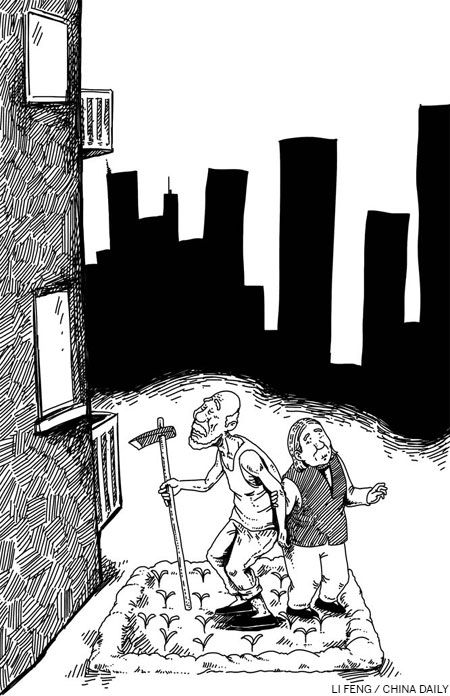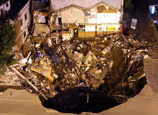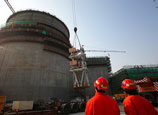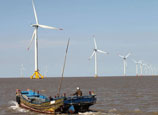
 |
The agricultural and rural transformation in China has been remarkable in the last few decades. The impressive growth in the agricultural and rural sector and significant reduction in poverty have been accompanied by a large decline in the agricultural labor force, with agriculture's share in total employment falling from 71 percent in 1978 to about 40 percent in 2008.
While China has made tremendous progress in the farming sector, it still faces some real challenges. The country's aging population will contribute to a shrinking rural labor force and put immense pressure on its social safety net system. China already has about 120 million elderly people (those ages 65 and over). The percentage of elderly people in the country is projected to triple from 8 percent to 24 percent between 2006 and 2050, to reach 322 million.
Urbanization, too, is adding to the declining labor force in the farming sector, and it is accompanied by an exodus of the young rural workforce. Between 2010 and 2050, China's urban population is expected to increase more than twofold.
Increasing farmers' incomes remains a difficult proposition. And other significant problems continue to plague the rural land system, particularly rural land contracts. Problems relating to land requisition are also on the rise because of growing urbanization.
This is a critical juncture for China. These challenges also offer opportunities to further reduce poverty and improve food security. Research conducted by the International Food Policy Research Institute shows that migration from rural to urban areas and from the agricultural sector to the non-agricultural sector have been the most effective way of substantially reducing poverty and hunger.
There is also scope to increase the incomes of the remaining farmers if they are able to successfully increase the size of their operation and productivity. In the future, a more modern farming sector could have a larger operational area and higher labor productivity, and will be able to produce high-value crops as well as use more modern machinery for production.
 |
















 Buildings collapse after subsidence in S China
Buildings collapse after subsidence in S China


![]()
